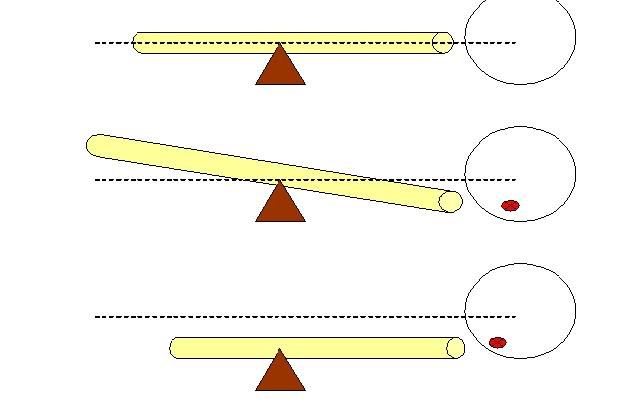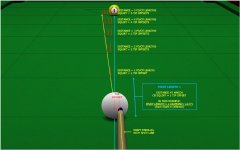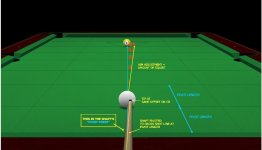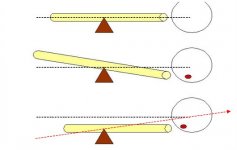SUPERSTAR said:The clearest explanation that i have seen in quite some time is by Joe Tucker.
http://www.azbilliards.com/joetucker/joe1.php
The 1st 2 videos explain it very clearly.
http://www.howcast.com/playlists/22...ka-English-To-To-the-Cue-Ball-and-Its-Effects
Joe has some great online videos that discuss english and why he likes one over the other...



